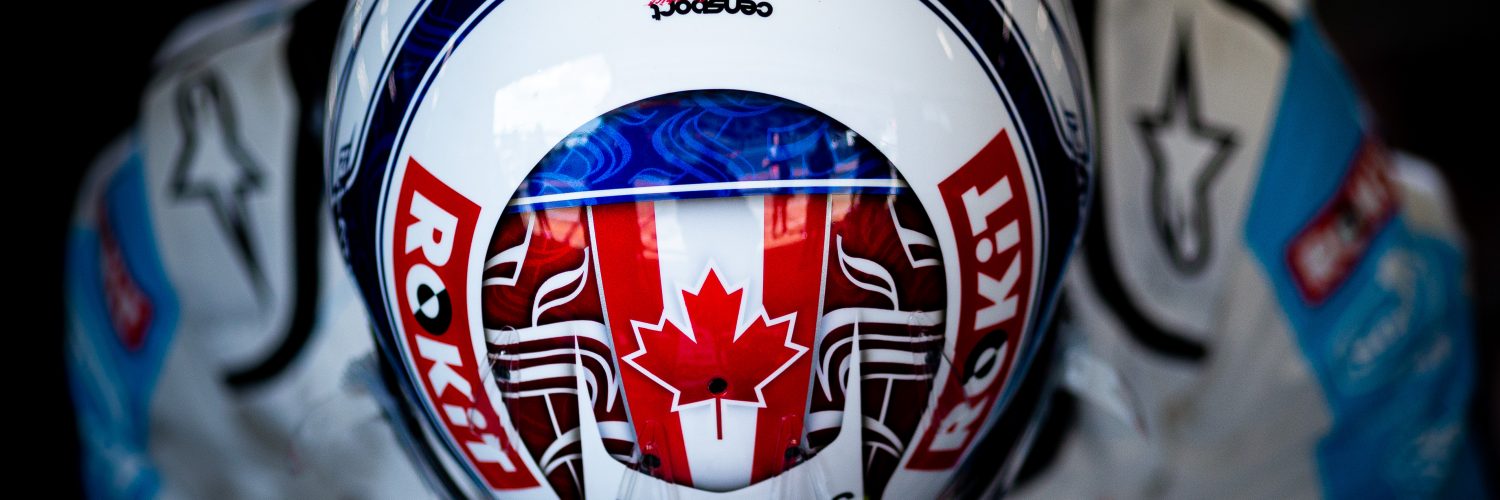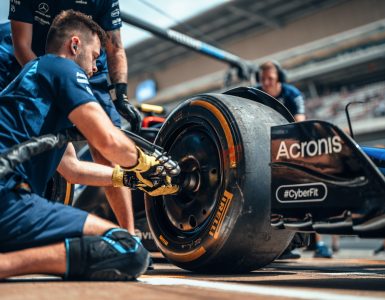The World Motorsport Council has given the green light for a number of radical technical changes for the 2021 season after a meeting in Paris last week.
With the new technical and financial regulations aimed at closing the gap between the teams at the top and those at the back and provide fairer and closer racing across the board, the FIA formally confirmed a minimum car weight increase from 745 to 746kgs. Importantly, and most radically, it also confirmed changes to front wing profiles to prevent ‘downwash’ and allow for closer racing.
With less complex wings and bodywork to maximise downforce and create ‘dirty air’ for cars behind, lap times are expected to be slower than before but with the upside of creating a better racing spectacle.
An entirely new aerodynamic set-up is coming to F1 in 2021
It's the first time in history that F1 cars have specifically been designed with a chasing car in mind#F12021 pic.twitter.com/jNYvbr2e44
— Formula 1 (@F1) October 31, 2019
Front wing endplates, top bodywork and rear wing endplates have been modified to give the teams more commercial space and the FIA has also done away with the rule restricting drivers as to how many helmet design changes they are allowed during the course of the season.
The rule was initially put in place so that fans could more easily identify drivers as they whizzed by, but it was unpopular with many drivers and a number of fans.
“A change to the 2020 Sporting Regulations was approved to allow for unrestricted variations to driver helmet designs between races,” read the FIA report. “Furthermore, it was clarified that the end of season test at Abu Dhabi will be using 18” 2021 Pirelli tyres.”
It's taken ages, but it's FINALLY time to see @ValtteriBottas' new helmet design for the 2020 @F1 season! And it's worth the wait… 😂😂😂 pic.twitter.com/xeaomg5OO9
— Mercedes-AMG F1 (@MercedesAMGF1) March 2, 2020
The other changes outlined on the FIA website include:
- Changes to the front wing profiles to prevent downwash which would have resulted in a severe compromise to the overall objectives to allow cars to race more closely
- Front wing endplates, top bodywork and rear wing endplates have been modified to give the teams more commercial space
- Drastic improvements to the strength and energy absorption of the chassis in front, lateral and rear impacts.
- A number of updates to considerably improve electrical (high voltage) safety on the cars
- Tethers will be mandated for rear wing and rear impact structures
- Kulite has been appointed as the official supplier for Power Unit pressure and temperature sensors in the 2021, 2022 and 2023 seasons.
- Changes to the Financial Regulations for 2021 and beyond will allow monitoring activities to be performed by Cost Cap Administrators at any point in time, remotely or at F1 Teams’ premises.




